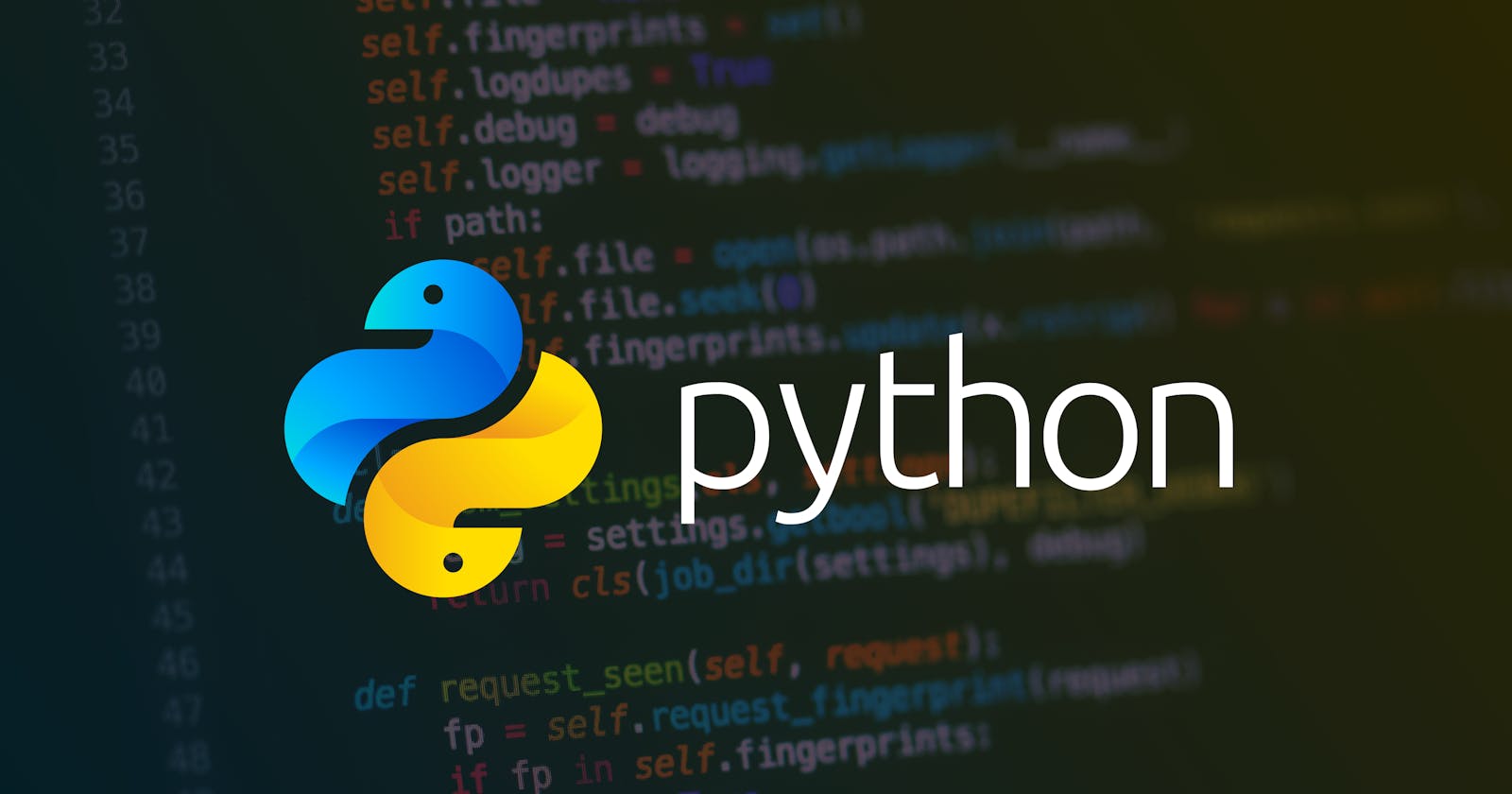Introduction
Python has become one of the most popular programming languages worldwide, known for its readability, versatility, and an extensive ecosystem of libraries. Whether you are a beginner or an experienced developer, Python, a versatile and powerful programming language, is known for its simplicity and readability. One fundamental aspect that contributes to Python's flexibility is its rich set of data types. In this blog post, we will explore the various data types in Python, how they are used, and why understanding them is crucial for effective programming.
Understanding Variables and assignment
In Python, variables are containers for storing data values. The type of a variable is determined by the data it holds. Common data types include int, float, str (string), bool (boolean), list, tuple, set, and dict (dictionary).
# Variable assignment
x = 5
name = "John"
is_python_fun = True
# Data types
print(type(x)) # <class 'int'>
print(type(name)) # <class 'str'>
print(type(is_python_fun)) # <class 'bool'>
Understanding Data Types in Python
In programming, data types are classifications that specify the type of data a variable can hold. Python is dynamically typed, meaning you don't need to explicitly declare the data type of a variable. The interpreter automatically determines the data type based on the assigned value.
Basic Data Types
# Numeric Data Types
integer_var = 42 # Integer
float_var = 3.14 # Float
# Text Data Type
string_var = "Hello, Python!" # String
# Boolean Data Type
boolean_var = True # Boolean
Compound Data Types
# Sequence Data Types
list_var = [1, 2, 3, "four", 5.0] # List
tuple_var = (10, "eleven", 12.5) # Tuple
# Mapping Data Type
dictionary_var = {"name": "John", "age": 25, "city": "Example City"} # Dictionary
# Sets do not allow duplicate elements
set_var = {1, 2, 3, 3, 3} #Set
Type Casting
By default all the data passed or taken as input is been considered as string data type. Type casting in Python involves converting one data type into another. Python provides built-in functions for type casting, allowing you to change the data type of a variable. This process is also known as type conversion. Here are some common type casting functions in Python:
A = 1
# Convert to Integer:
float_number = 3.14
int_number = int(float_number)
print(int_number) # Output: 3
# Convert to Float:
int_number = 42
float_number = float(int_number)
print(float_number) # Output: 42.0
# Convert to String:
number = 123
string_number = str(number)
print(string_number) # Output: '123'
# Convert to Boolean:
number = 0
bool_value = bool(number)
print(bool_value) # Output: False
# Convert to List, Tuple, or Set:
string_var = "Python"
list_var = list(string_var)
tuple_var = tuple(string_var)
set_var = set(string_var)
print(list_var) # Output: ['P', 'y', 't', 'h', 'o', 'n']
print(tuple_var) # Output: ('P', 'y', 't', 'h', 'o', 'n')
print(set_var) # Output: {'P', 'y', 't', 'h', 'o', 'n'}
# Convert to Dictionary:
tuple_var = (("a", 1), ("b", 2), ("c", 3))
dict_var = dict(tuple_var)
print(dict_var) # Output: {'a': 1, 'b': 2, 'c': 3}
# ord(), chr() - Convert to/from ASCII:
char = 'A'
ascii_value = ord(char)
print(ascii_value) # Output: 65
new_char = chr(65)
print(new_char) # Output: 'A'
#hex(), oct(), bin() - Convert to Hexadecimal, Octal, Binary:
decimal_number = 10
hex_value = hex(decimal_number)
oct_value = oct(decimal_number)
bin_value = bin(decimal_number)
print(hex_value) # Output: '0xa'
print(oct_value) # Output: '0o12'
print(bin_value) # Output: '0b1010'
# round() - Convert to Rounded Number:
float_number = 3.75
rounded_number = round(float_number)
print(rounded_number) # Output: 4
Understanding Python's data types is essential for writing robust and error-free code. Whether you are a beginner or an experienced developer, a solid grasp of data types will enhance your ability to design efficient and reliable Python programs.
Stay tuned for more Python programming insights in our upcoming blog posts! Happy coding!
